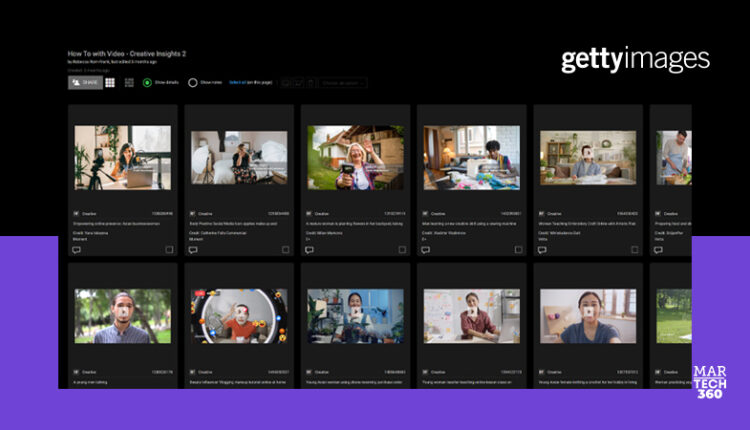TikTok is the fastest‑growing social media platform, and video tutorials or “explainers” about an incredibly wide range of topics are one of the primary types of content drawing viewers in: 96% of people have watched an explainer video to learn more about a product or service.1 With its bite‑sized clips delivered by entertaining personalities, it’s no wonder that Gen Z is beginning to search for information on the video platform instead of Google.2
Getty Images and iStock’s VisualGPS consumer research found that globally, 62% of people see social media as a place to go to either learn or educate themselves, and 54% even use it to get career advice. Those numbers are even higher for digital‑native Gen Z (70%) and Millennials (66%). This tells us that people of all ages are using social media as a way to expand and deepen their hobbies and interests, a phenomenon that can be reflected in video storytelling of all kinds and used by businesses of all sizes.
Also Read: When Was the Last Time You Cleaned Under Your Rug? Why digital ad fraud needs to matter to marketers
Though there’s an +95% increase in customer downloads of dance video clips since TikTok burst online at the end of the 2010’s, in 2022, there are 5x fewer popular clips showing front‑facing explainers and demonstrations. Search data shows that “professional development” searches increased by +25% year on year and “upskilling” increased +82%, showing that customers are exploring the broader context for development and education, too, but may not be sure how to do it. While still images can certainly capture this concept, video as a format can show the actual process associated with learning new skills.
While a full explainer video is obviously user‑generated, the ideas and feelings surrounding this TikTok phenomenon can certainly be conveyed through B‑Roll clips. Moments that highlight eye contact with the viewer emphasize personality and connection, and, of course, choosing diverse and inclusive content is key. Consider editing transitions that mimic the feeling of being on a social platform: on TikTok, users swipe up.
Additionally, be mindful of people’s deteriorating attention spans3 and consider short clips with just enough visual information to demonstrate the topic at hand. TikTok has undoubtedly given people access to more entertaining ways to learn and discover new hobbies, and it’s become an integral part of culture, if not people’s brains!


Comments are closed.